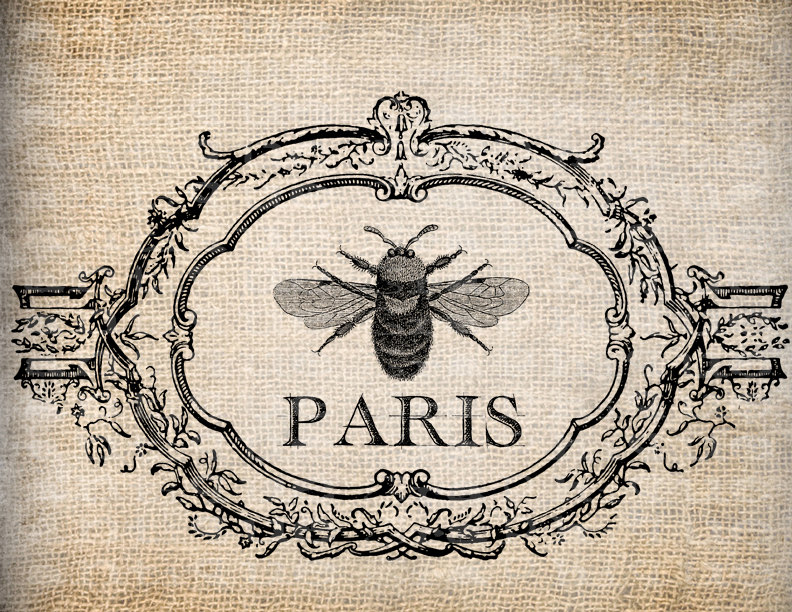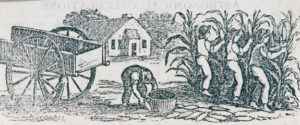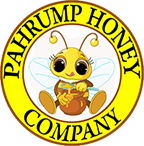
Introduction of the European Honey Bee
Honey Bees are not native to North America
You may have heard that if it were not for honey bees, flowers wouldn´t bloom, trees wouldn´t bear fruit and many other plants would disappear…… not necessarily; the honeybee wasn´t introduced to North America until the 17th Century with the arrival of Spanish and European settlers. These early settlers were able to grow their familiar crops for many years before the honey bee finally made its way to this continent.  During that period, there were already an abundance of flowers, fruits, and vegetables — but no honey bees. This is because native insects and wild bees handled the task of pollination. Then in the early 1600´s, the honey bee was brought to North America for honey production and beekeeping became a profitable occupation.
During that period, there were already an abundance of flowers, fruits, and vegetables — but no honey bees. This is because native insects and wild bees handled the task of pollination. Then in the early 1600´s, the honey bee was brought to North America for honey production and beekeeping became a profitable occupation.
Honey bees expanded to North America with human-assisted migration during the 17th century. Many Europeans fleeing wars, poverty, land laws or religious persecution brought extensive beekeeping skills to the United States during the next two centuries. Meanwhile, English colonists took bees to New Zealand, Australia and Tasmania, completing human-assisted migration of Apis mellifera around the globe.
“White Man´s Fly” Native Americans and the European Honey Bee
 Native Americans called the honey bee “White Man´s Fly.” Before the European honey bee, indigenous people collected honey from the nests of wild bees by using smoke to confuse the bees, then cracked open the hives to get to the honeycomb. When beekeeping was introduced to North America, the Cherokees, once they saw how bees could be induced to “work” for them, were one of the first tribes to begin practicing the art of beekeeping.
Native Americans called the honey bee “White Man´s Fly.” Before the European honey bee, indigenous people collected honey from the nests of wild bees by using smoke to confuse the bees, then cracked open the hives to get to the honeycomb. When beekeeping was introduced to North America, the Cherokees, once they saw how bees could be induced to “work” for them, were one of the first tribes to begin practicing the art of beekeeping.
Hunting the Honey Bee
Early civilizations quickly mastered honey hunting skills, shown in rock art in Africa, India and Spain. Egypt, Greece, Italy and Israel developed organized beekeeping centers until the Roman Empire dissolved in approximately 400 A.D. Christianity monasteries and convents then served as apiculture centers until Henry VIII closed them at the beginning of the Reformation. Science and technology provided the next insights into apiculture during the Enlightenment.
